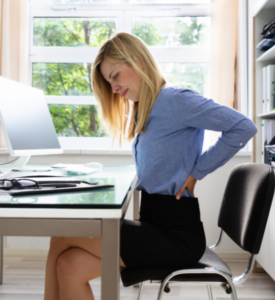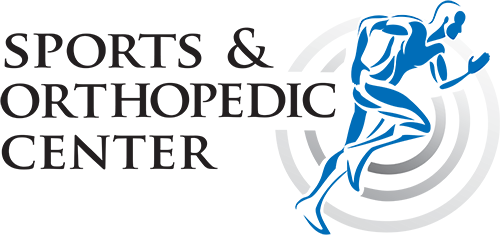BACK PAIN
According to the American Association of Neurological Surgeons, 75 to 85 percent of Americans will experience back pain in their lifetime. Of those, 50 percent will have more than one episode within a year. In a good percent of all cases, the pain gets better with minimally invasive treatments.
Acute back pain comes on suddenly and usually lasts from a few days to a few weeks. Back pain is called chronic if it lasts for more than three months.
Lower Back Pain:
The spine is made up of ring-like bones called vertebrae. The vertebrae are stacked on top of each other and form a strong column that keeps the head and body standing up. Between each vertebra is a jelly-like disk that has a tough outside edge. These disks are like cushions between the vertebrae. Muscles and tissues hold vertebrae in the right place. The lower back consists of five vertebrae. These vertebrae make up the inward curve of the lower back.
 Low back pain is pain and stiffness in the small of the back. With low back pain, pain may also occur in the buttocks or legs. Simple exercises and good posture can help most cases of low back pain. In a few cases, medications, physical therapy or surgery may be needed.
Low back pain is pain and stiffness in the small of the back. With low back pain, pain may also occur in the buttocks or legs. Simple exercises and good posture can help most cases of low back pain. In a few cases, medications, physical therapy or surgery may be needed.
Signs and symptoms of lower back pain can include:
- Pain that is dull or achy, contained to the low back
- Stinging, burning pain that moves from the low back to the backs of the thighs, sometimes into the lower legs or feet; can include numbness or tingling (sciatica)
- Muscle spasms and tightness in the low back, pelvis, and hips
- Pain that worsens after prolonged sitting or standing
- Difficulty standing up straight, walking, or going from standing to sitting
Causes of lower back pain
Many injuries, conditions and diseases can cause lower back pain. They include:
- Strains and sprains: Are the most common cause of back pain. You can injure muscles, tendons or ligaments by lifting something too heavy or not lifting safely. Some people strain their back by sneezing, coughing, twisting or bending over.
- Fractures: The bones in the spine can break during an accident, like a car crash or a fall. Certain conditions increase the risk of fractures.
- Disk problems: Disks cushion the vertebrae (small spinal bones). Disks can bulge from their position in the spine and press on a nerve. They can also tear.
- Structural problems: A condition called spinal stenosis happens when the spinal column is too narrow for the spinal cord. Something pinching the spinal cord can cause severe sciatic nerve pain and lower back pain. Scoliosis (curvature of the spine) can lead to pain, stiffness and difficulty moving.
- Arthritis: Osteoarthritis is the most common type of arthritis to cause lower back pain.
- Spondylolisthesis: This condition causes the vertebrae in the spine to slip out of place. Spondylolisthesis leads to low back pain and often leg pain as well.
Treatment Options
The treatment options will depend on the type and severity of the injury. A person may be able to treat minor injuries at home with rest, ice, OTC pain relievers, and gentle stretching.
For people with more severe injuries, one of our specialists at Sports & Orthopedic Center may recommend physical therapy, prescription medications, injections or surgery. You can make an appointment today in this link and visit any of our two location: Boca Raton and Coral Springs, FL


